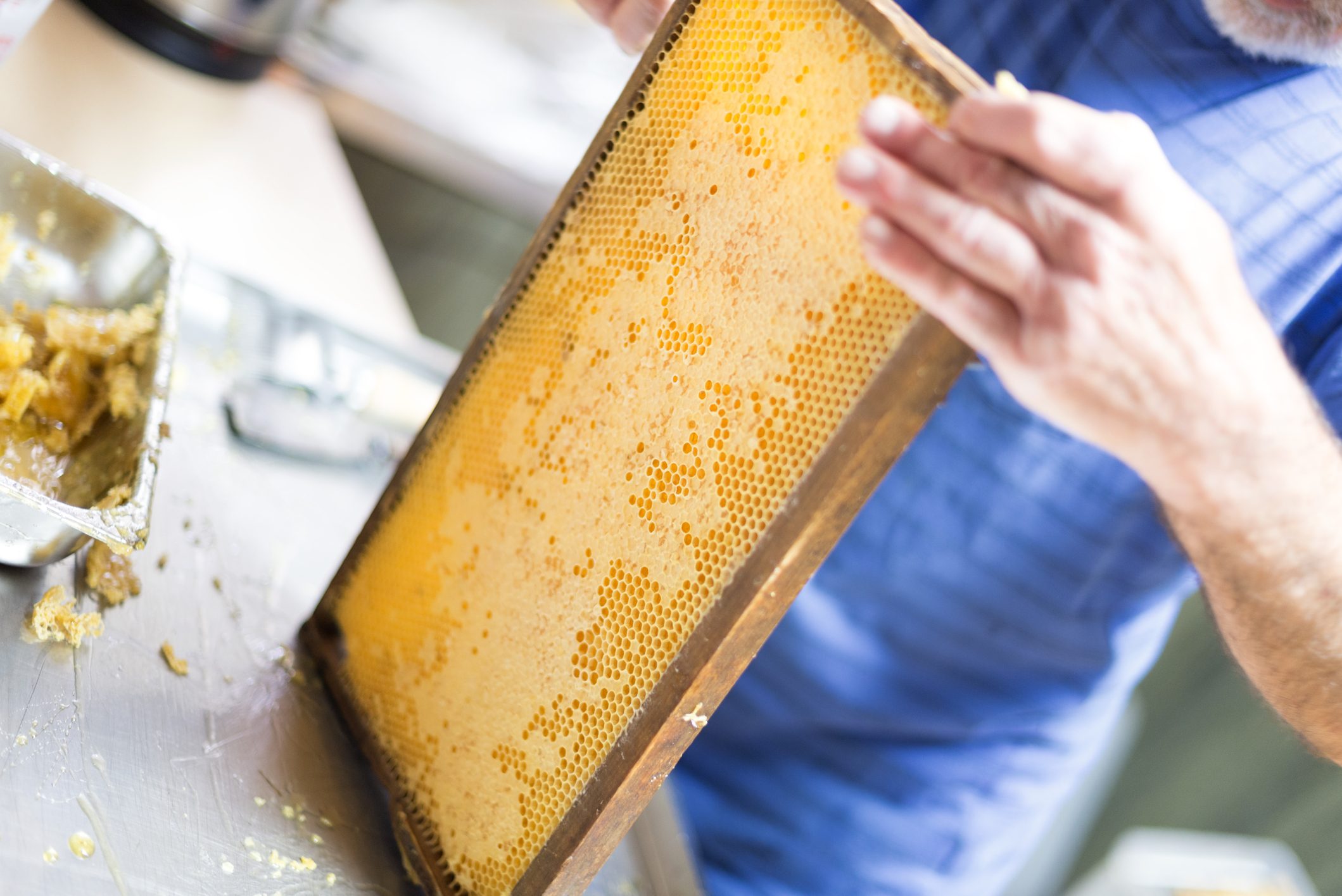Salicornia: beneficial properties, uses and how to recognize it
Recognizing it is very simple and its saltiness makes it perfect for many recipes. Let's find out everything there is to know about this too little known plant.
;Resize,width=742;)
Also known as sea asparagus, salicornia is a spontaneous plant belonging to the Chenopodiacee family which also includes spinach and beetroot. Salicornia plants grow spontaneously especially in the summer months, near the coasts and stagnant areas, in small bright green bushes, no taller than 40 centimeters. Despite the name, salicornia has a flavor more similar to barilla plant than asparagus and it is very versatile in the kitchen, especially for salads or to accompany fish dishes. Recognizing it is very simple and its saltiness makes it perfect for many recipes. Let's find out everything there is to know about this too little known plant.
Salicornia properties
Salicornia is rich in mineral salts, vitamins A, B1, B15, C, potassium, calcium, beta-carotene and iodine. The large amount of water present in this plant has a diuretic and purifying effect while iodine makes it perfect for those suffering from hypothyroidism. Salicornia also contains a good amount of fiber which helps the regularity of our intestinal system. Traditionally, the power to strengthen the immune system has been recognized and for this reason sailors used to take it with them during the longest journeys to fight various ailments.

Use in the kitchen
Let's start by saying that salicornia is a vegetable and that as such it can be eaten in the kitchen in different ways. Being a wild plant it is advisable to leave the stems to soak for a day before cooking so as to eliminate all bacteria and attenuate their slightly sour taste. Salicornia is also rich in saltiness and for this reason salt must not be added to the recipes in which it is the protagonist. Here are some recipes to enjoy it at its best.
Salicornia can be prepared as a salad: blanched for a few minutes in unsalted water and then seasoned with oil and lemon juice.

The saltiness makes it perfect for enriching delicious omelettes and soups, accompanying fish dishes and very often also dishes with eggs.
For a delicious aperitif you can fry the salicornia in batter or preserve it in oil to be able to enjoy it throughout the year.
How to recognize it
During the summer months we can easily buy it from greengrocers but the salicornia is a spontaneous plant that can be easily recognized. The name "sea asparagus" gives us a first clue as to where we can find it: coastal areas and coasts. It therefore grows near the sea, marshes and ponds. The shape of the stems is reminiscent of the barilla plant or even of the "dried" and tapered asparagus: the color is bright green while the consistency is slightly fibrous. You have no more excuses, if you go for a walk by the sea, you have all the information to recognize it, collect it and cook it.
;Resize,width=767;)
;Resize,width=712;)
;Resize,width=712;)
;Resize,width=712;)
